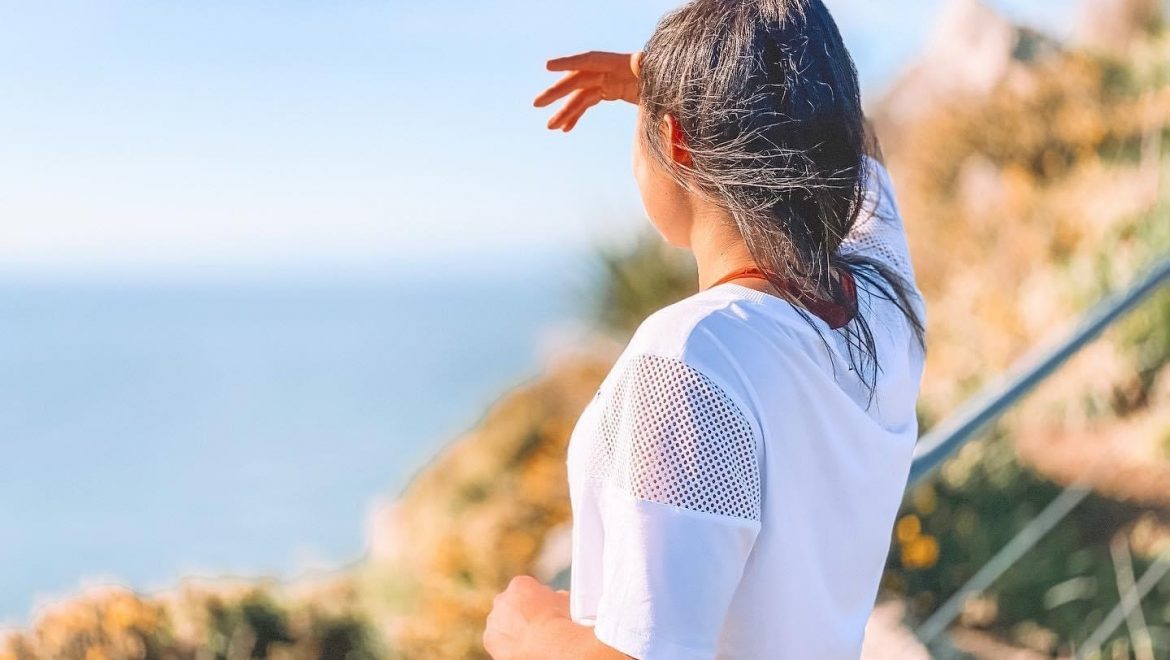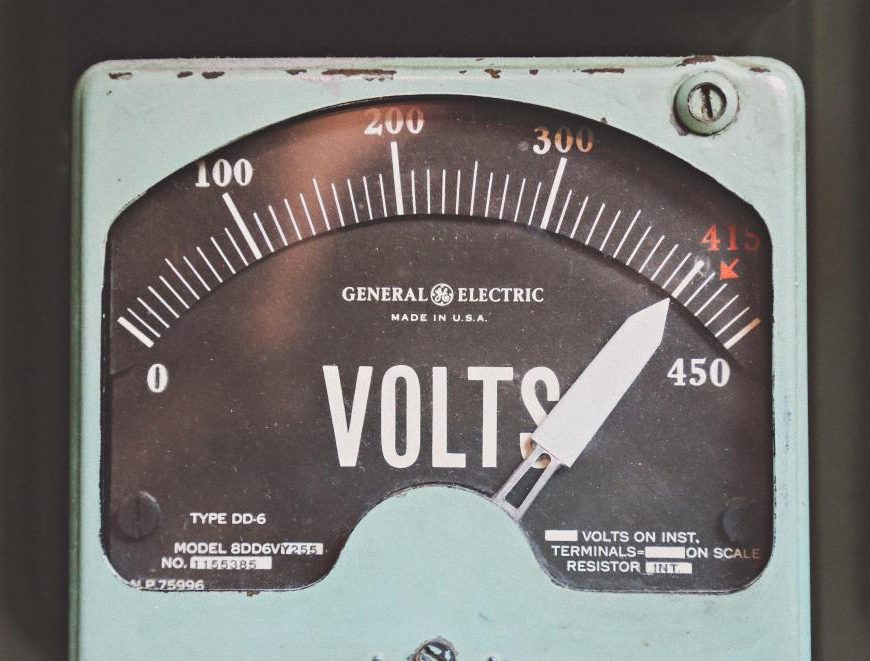Vitamin D is crucial for activating our immune defences. Deficiency is associated with increased susceptibility to infections. Exposure to cold weather increases your risk of contracting a virus and reduces your immune response to fight off germs. Additionally, during winter and early spring our blood levels of vitamin D are at an all-time low. It is near impossible to get adequate vitamin D during winter in NZ, this is country-dependent, due to how far a country is from the equator.
Vitamin D is stored in our fat cells for weeks or months, depending on your levels. However, deficiency is still common and it frequently presents towards the end of winter and even early spring. This is when our vitamin D stores start running out.
Symptoms of vitamin D deficiency are low immunity, low bone density (ultimately osteoporosis and bone fracture), bone and muscle pain (including chronic lower back pain), depression, and there is a strong association between vitamin D and cancer.
The RDI for vitamin D is 200 IU per day for adults. This doubles to 400 IU per day from 51 years old, and 600 IU per day from 70 years old. For optimal health 1,000 IU per day is recommended. Supplements usually contain this amount.
Vitamin D should be supplemented by basically everyone in NZ from May to October. More importantly if you work full-time in an office (indoors). Even if you work outdoors, chances are you aren’t walking around shirtless every day in winter. Vitamin D3 (the recommended form) can be taken alone, in a multivitamin, or cod liver oil. Low vitamin D levels are also associated with increased autoimmunity.
One study found that the majority (68%) of NZ adults had good levels of vitamin D, 27% had below the recommended level (not yet classed as deficient), 5% were deficient and 0.2% were severely deficient. This means 32% of adults in NZ had sub-optimal levels of vitamin D. It is worth getting a blood test from your GP. Vitamin D blood tests are not subsidised so you will have to pay for it additionally.
Sunlight is by far our richest source of vitamin D. Due to everyone having a different skin colour and levels of melanin in the skin, the amount of sunlight we need to get our daily vitamin D is individualised. 10-30 minutes of midday sunlight, several times per week, is the general recommendation. Pale skin is on the lower end and dark skin is on the higher end. It is advised to expose your arms, legs and trunk (abdomen and back).
There is a school of thought that if your shadow is longer than your normal height, you can’t make vitamin D because the sun is too low in the sky. Another Naturopathic recommendation is to stay out in the sun until 10 minutes before you would normally get burnt (if you know how long your skin takes to burn!) i.e. if you burn in 20 minutes, then 10 minutes is your optimal amount of time to get sufficient vitamin D. Apply sunblock to exposed areas if you are out longer than this, to prevent sun damage and skin cancer.
Small amounts can be found in foods to top this up on a rainy day.
Food Sources and their Approximate Vitamin D Content per 100g:
- Cod liver oil – 10,000 IU (this is per 100g, one serving is only 5g)
- Salmon – 526 IU
- Egg – 87 IU
- Butter – 60 IU
- Liver – 49 IU
- Cheddar cheese – 24 IU
- Brie/camembert cheese/parmesan/blue cheese – 20 IU
- Feta – 16 IU
- Mushrooms – 7 IU
- Cottage cheese – 3 IU
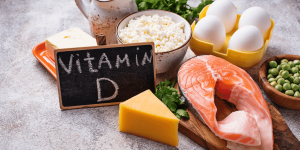
Did you notice that vitamin D and vitamin A sources are very similar?!
You have a greater risk of vitamin D deficiency if you have dark skin, liver or kidney disease, or are elderly, overweight, vegan/vegetarian, living far from the equator, always use sunscreen, or stay indoors.
Seasonal Affective Disorder (SAD) is caused by low sunlight in autumn and winter. This can disrupt our circadian rhythm and lead to feelings of depression. The production of serotonin is usually triggered by our brain in response to sunlight. As our exposure to sunlight decreases, our serotonin (‘happy hormone’) also decreases.
It is no coincidence that sunlight makes us feel happy. Vitamin D should be supplemented for SAD and depression, in combination with going outside and getting sunlight in your eyes.
Check out Liv’s Hello Sunshine Tonic. This is your ray of sunshine on your dark, grey days. St. John’s wort is a natural alternative for depression, anxiety, nervousness, restlessness, obsessive compulsive disorder, and Seasonal Affective Disorder (SAD). Both Siberian ginseng and Kava are shown to be beneficial for stress, energy and mild depression.
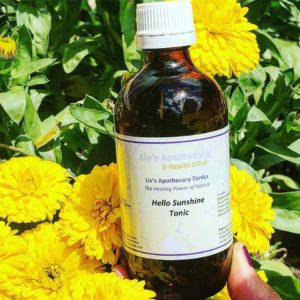
Vitamin D is made by the cholesterol on our skin cells converting into vitamin D when our skin comes into contact with sunlight. People who take statin medications to lower their cholesterol, may be at risk of vitamin D deficiency. Statins not only reduce cholesterol in our arteries, but also on our skin. The common side-effects of statins – muscle aches and weakness (myalgia), may be due to vitamin D deficiency.
Vitamin D and coenzyme Q10 (coQ10) supplementation should be a consideration if you have been prescribed statins. It has been found that statins may reduce the amount of naturally occurring coenzyme Q10 in the body. The combination of these two supplements may greatly assist to reduce side effects of statins. The multiple side effects are the main reasons why people dislike or discontinue taking statins. Consult with your health practitioner if you are experiencing side effects.
*Extract from my book MY NUTRITION MENTOR by Liv Kennedy
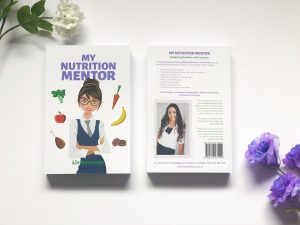
Check out my blogs…
Do Carrots Help You See in The Dark – Vitamin A
Your Nutrition Mentor,


